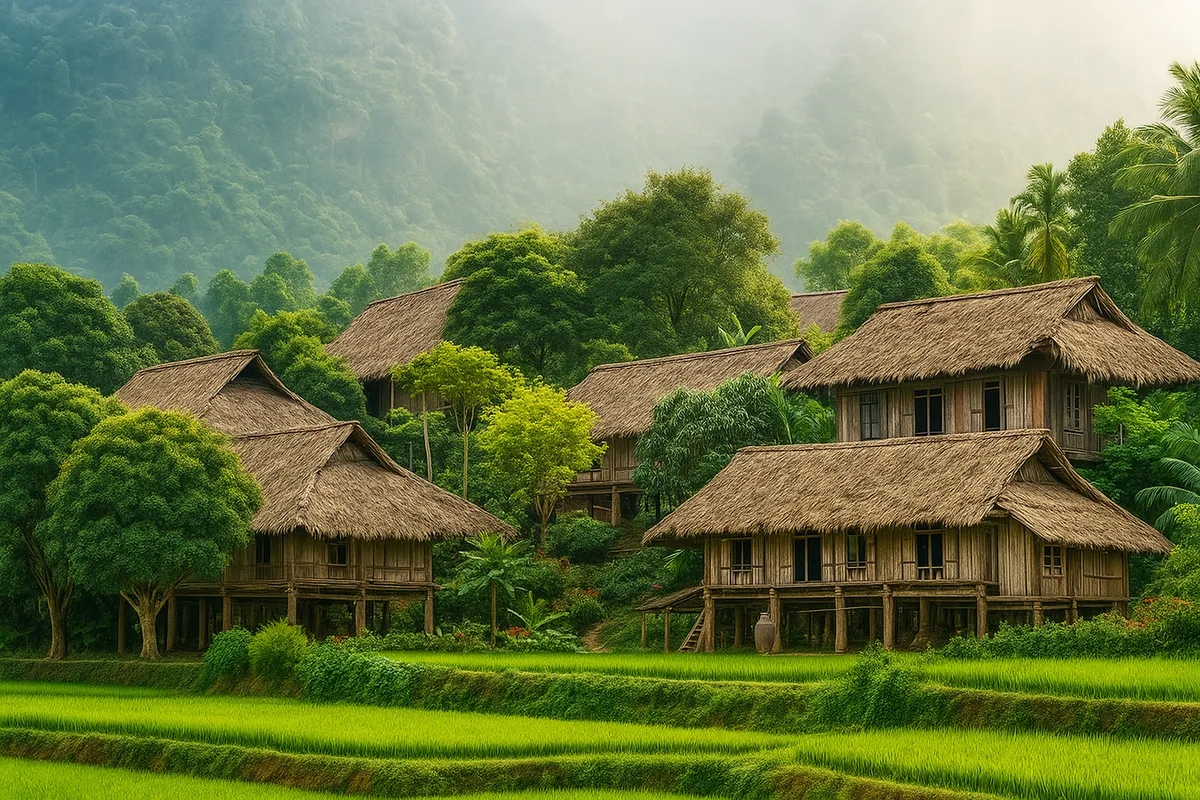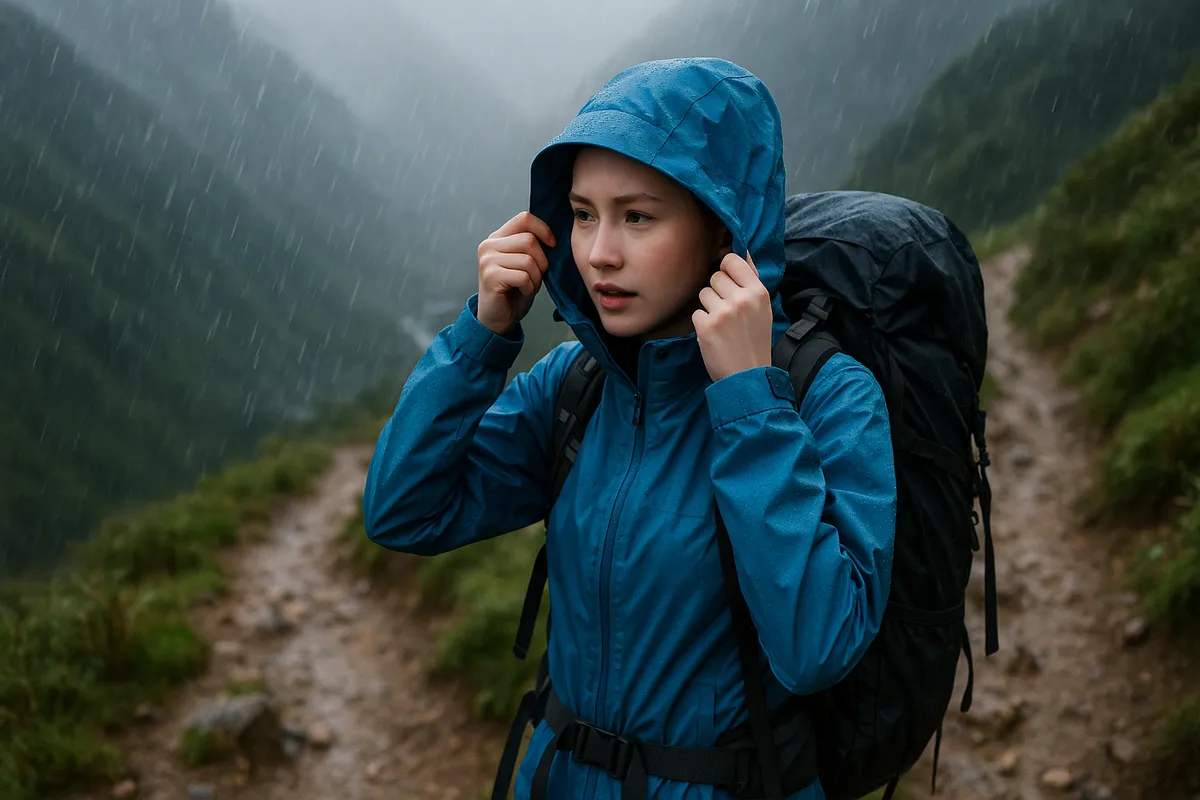Keep picnic food cold with this little-known tip
- Tuesday, Jun 10, 2025, 14:25 (GMT+7)
Keep picnic food cold with this little-known tip
During a multi-day camping trip deep in the wilderness, few things can ruin the mood faster than opening the food cooler to find everything warm, spoiled, and inedible. Outdoor heat is an unrelenting enemy of food preservation, but the good news is that there are many simple yet effective ways to keep food and beverages cold, even without a refrigerator. The following tips are drawn from hands-on experiences of seasoned campers, behavioral insights from outdoor enthusiasts, and real-world observations across hundreds of trips in various terrains.
The first key lies in smart packing. A common mistake beginners make is tossing everything into one cooler with ice and hoping for the best. But when ice melts and comes into direct contact with poorly wrapped food, it accelerates spoilage rather than slowing it down. Experienced campers recommend separating food and drinks into smaller groups, wrapping each item securely in thick zip bags or food-grade wraps, and layering them with ice packs or dry ice in between. The cooler should be thick-walled and tightly sealed to prevent warm air from entering. If possible, use two separate coolers—one for food and one for drinks—to reduce the number of times the lid is opened, which is the main reason for losing cold air.
In hot weather, protecting your cooler’s internal temperature also depends on its placement. Instead of leaving it outside the tent or near the campfire, place it under natural shade or cover it with an insulating blanket. Long-time campers often wrap coolers in reflective emergency blankets or foam pads to minimize heat absorption from the ground and air. It may sound excessive, but this trick significantly improves insulation for at least six to eight hours.
Another underrated tip is to use frozen food as temporary ice. If you're planning to bring meat, fish, or juice packs, freeze them a day ahead of your trip. These will act as self-sustaining cold sources as they slowly thaw, keeping surrounding items cool without taking up extra space. This method is particularly useful for extended trips and is both efficient and space-saving.
For group trips or long journeys, dry ice is a powerful ally. It doesn’t melt into water, so it won’t soak your food, and it delivers deep cold. However, it should be wrapped in newspaper or thick cloth to prevent cold burns and kept away from raw foods due to its extreme temperature. With proper handling, dry ice can keep your cooler cold for much longer than regular ice.
When it comes to beverages, some campers opt for nature-based chilling methods. If your campsite is near a clean stream, spring, or pond, tie your drinks in a mesh bag and let them rest in flowing water. This method can keep beverages cool for up to 24 hours, as proven by groups trekking in remote regions of Northern Vietnam. They used a narrow crevice with constant underground water flow to chill beer and bottled water throughout the day.
In the absence of a stream, another technique based on evaporation can be surprisingly effective. Wet a cloth or old T-shirt, wring it slightly, and wrap it around your bottle. Hang it where there’s good airflow, and the evaporating moisture will gradually cool the contents. Many trekking groups have used this trick when no cooling equipment was available, and it works especially well in arid or windy areas.
For longer trips, plan your meals according to perishability. Use fresh ingredients like raw meat and leafy greens on the first day, then switch to canned goods, dried foods, or precooked vacuum-sealed meals in the following days. A growing trend among young travelers is to pre-cook meals at home, vacuum seal them, and freeze them before the trip. Once at the campsite, the meals can be easily reheated over a fire, ensuring both hygiene and convenience.
Another critical point is to limit how often the cooler is opened. Every time the lid is lifted, cold air escapes and warm air sneaks in. In group settings, assign one person to be in charge of retrieving food or drinks. Avoid everyone randomly opening the cooler to search for items. Some groups even label their coolers clearly on the outside to avoid confusion, saving time and preserving the cold environment inside.
Clever campers also repurpose disposable thermal bags often used for food delivery. When paired with gel ice packs or small ice cubes, these bags can maintain cool temperatures for two to four hours—perfect for packing lunch or snacks for hikes without disturbing the main cooler. Families with children frequently use this method to keep baby food or snacks cool throughout the day.
From camping communities in Central and Highland regions of Vietnam, another clever tip is choosing food that naturally holds coldness. Fruits like watermelon, oranges, and apples retain chill well and can help maintain cooler temperatures for other items. Some campers place cold drink cans next to sandwiches to keep bread crisp and reduce the greasy smell under intense heat.
Ultimately, preparation is everything. Keeping food cold is not just about having ice and a styrofoam box—it’s a whole strategy. From meal selection and packing methods to insulation and usage patterns, every detail contributes to maintaining freshness and safety.
A fulfilling camping trip is not just about stunning scenery or cozy campfires. It's also about enjoying fresh meals and cold drinks when you need them most. When your food stays fresh to the last bite, the joy of the trip doubles. And sometimes, just having a cold bottle of water under the midday sun is enough to make someone feel like the journey was absolutely worth it.

 CHECKIN.VN
CHECKIN.VN








Share on